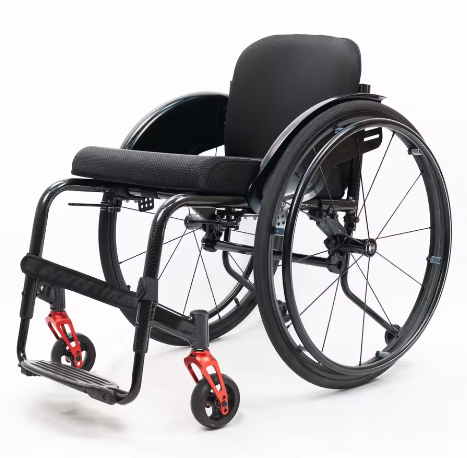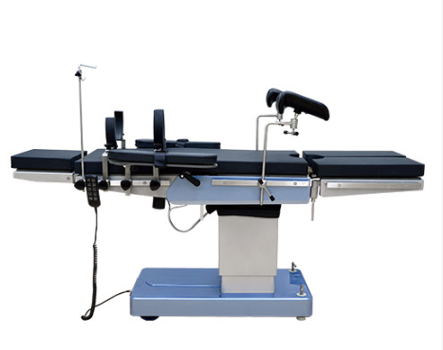Typical Applications of Carbon Fiber Materials in Healthcare
- Nov-13-2025
- (1) Views
Carbon fiber materials, with their durability, light weight, high temperature resistance, and corrosion resistance, have shown broad application prospects in the medical and health field.
1. Imaging equipment
Carbon fiber can be used to manufacture imaging devices such as MRI scanners, CT scanners, and X-ray machines. These machines require specific components capable of handling strong magnetic fields and radiation.
Carbon fiber is both strong and lightweight, making these radioactive materials easier to move.

2. Surgical instruments
Carbon fiber is also used in the manufacture of surgical instruments such as forceps, retractors, and scissors. These instruments require a lightweight and reliable material, but also one that is sterile and does not react with bodily fluids. Carbon fiber is an excellent choice for surgical instruments because it can be easily sterilized, is non-corrosive, and is heat-resistant.
3.Carbon fiber prostheses
Prosthetics often require a strong material that can withstand repeated use. Carbon fiber is an excellent candidate material for prosthetics because it provides the necessary strength and density, while being lightweight, easy to use, and having a fast production time, making it ideal for prototyping and custom work, which can also be tailored to individual needs.

4.Carbon fiber wheelchair
Wheelchairs must be durable. The only way to achieve this is to make them using steel or titanium—which are very strong but heavy. Fiber has the same strength as steel but is much lighter. Because of carbon fiber's lightweight and high-strength properties, carbon fiber wheelchairs are easier to carry, store, and ride. Wheelchair users also experience less fatigue quickly.

5.Carbon fiber medical implants
Implants range from heart monitors to pacemakers. They need to be small, lightweight, and durable. Carbon fiber achieves all of this, plus another crucial advantage: biocompatibility. Biocompatibility is essential; otherwise, the body will strongly reject any foreign substance. Carbon fiber can remain in the body for years without triggering any immune response.
6. Cell Regeneration Matrix
Sometimes, due to a large, traumatic wound, the body cannot heal itself. The only solution is to provide a scaffold for new cells to grow. Carbon fiber, as a matrix that facilitates this regeneration, may hold great promise.
Fresh cells can rebuild themselves on the carbon fiber matrix framework until the scaffold is removed by the doctor.
7.Bone implants
After surgery, doctors may need to use screws or bolts to hold the bone in place. These metal plates are heavy and can lead to future complications. Carbon fiber can serve as an alternative to some of these materials.
Perhaps one day, carbon fiber substitutes will be available for bone screws, spinal cages, and intervertebral discs. Therefore, for the reasons mentioned above, these composite materials are ideal candidates for wear resistance in human implants.
In conclusion, carbon fiber is a unique and remarkable material, most importantly because it can serve a wide variety of niche markets. The medical industry will benefit from the implementation of implants and medical devices. Carbon fiber possesses many unique properties, such as biocompatibility, making it a strong competitor to existing materials.
 English
English





